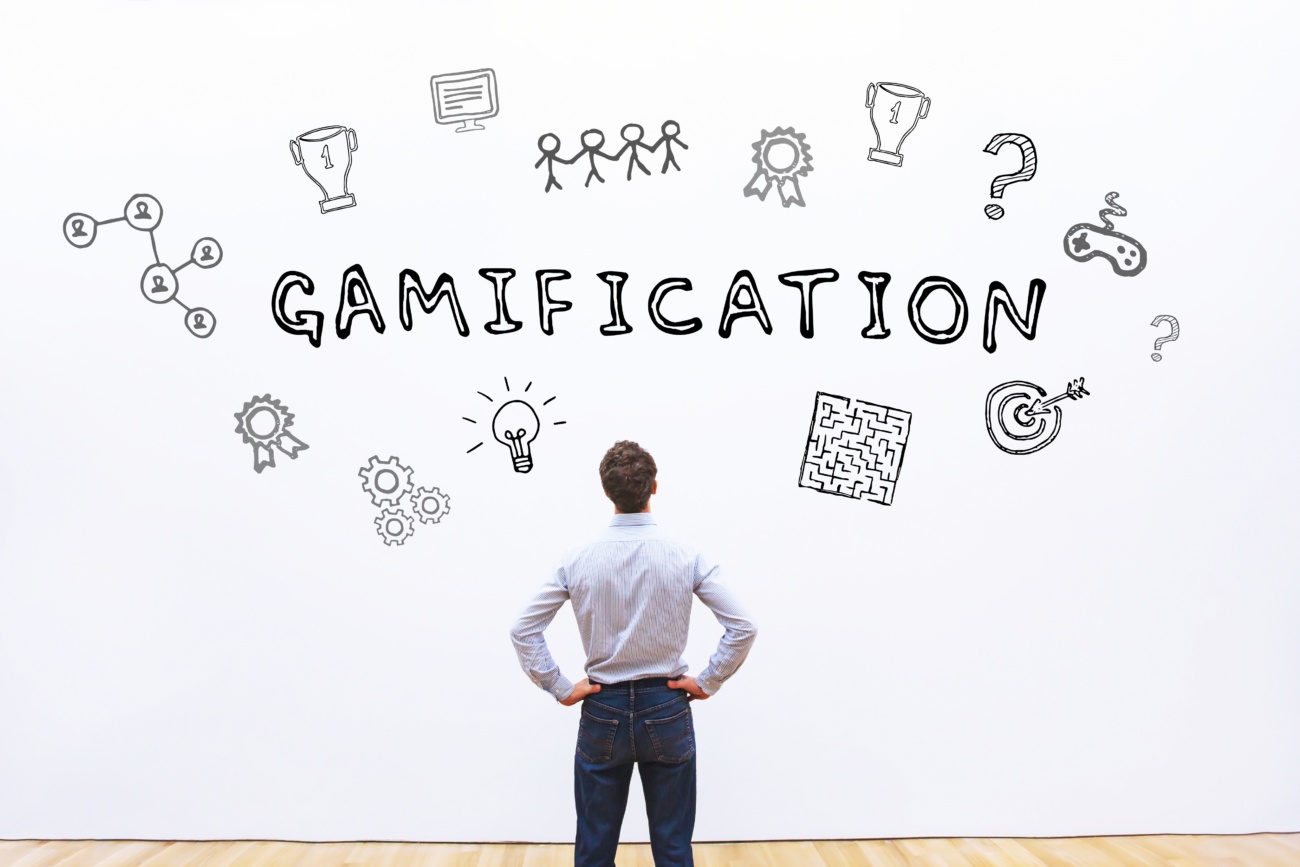When Bigtincan acquired Zunos, a micro-learning & gamification platform - I'll admit I was a bit skeptical. When first checking out the Zunos platform I thought it was cool, but I still didn’t fully “get it." I had heard about “gamification” before, but to me it seemed like just another buzzword that lacked distinction.

My mind was changed last Sunday when I went for a walk and cued up a Ted Talk by Dr. Tali Sharot titled “How to motivate yourself to change your behavior." I was just listening for personal reasons - maybe shed a bad habit for something better. To my surprise, the talk coincidentally involved the concept of gamification. In the talk, Dr. Sharot told the story of a simple human experiment that focused on getting hospital workers to wash their hands more often.
Management tried a traditional approach to change
Initially, the compliance by hospital workers was very low - around 10%. Hospital management used common tactics such as simply reminding the workers, providing positive encouragement, articulating the benefits of hand washing (saving lives!), and even installing cameras to monitor hand washing compliance. The result - no improvement. Still, only 1 in 10 staff washed hands before and after visiting patients.
 Then they tried a different approach
Then they tried a different approach
An electronic board was installed in an area that was highly visible to the hospital staff. The board kept a running tally of when staff members washed their hands, and it shared group, weekly, and monthly progress totals. The result - hand washing went from 10% compliance to over to 90%.
That is a 900% improvement!
Suddenly, I understood what gamification was all about. It is fun, positive, and socially encouraging compared to the threat of negative consequences. In the hospital example, the scoreboard brought the desired behavior (hand wahsing) to the top of mind. It made it more immediate and personal. Instead of threatening teams with a potential future negative result (the spreading of diseases, being punished, etc.) they encouraged an immediate and achievable goals - wash your hands and watch your score climb!
"The brilliance of the electronic board was that, instead of using the threat of spreading disease, the common approach in this situation, the researchers chose a positive strategy"
- Harvard Business Review
What are the results of gamification in a B2B setting? Gamification can be used to increase the adoption rate of a newly implemented software, improve completion rates of training courses, and much more. Moreover, products like Zunos allow gamification on the go by providing a platform that employees can access on the go on any of their mobile devices.
I encourage you to review Dr. Sharot’s TedTalk and this HBR article. But for me, gamification is now real and these graphs show the effect. Now I just need to find a way to gamify my kid's homework!
If you are interested in how to take your behavior and learning challenges and gamify them, I welcome a conversation (tim.keelan@bigtincan.com or leave a comment below).


